Fink Team, headed up by Karl-Heinz Fink may be a new name to you, but it’s likely  you will know speakers they have a hand in making. Now they are making their own speakers and here Stuart Smith checks out their two-way floorstander, Borg.
you will know speakers they have a hand in making. Now they are making their own speakers and here Stuart Smith checks out their two-way floorstander, Borg.
 I first became aware of Fink Team a few years ago at the Munich High-End show where they pre-launched their first loudspeaker. Now, that’s a bit misleading actually because Fink Team, led by Karl Heinz Fink, have actually been the consultants behind lots of speakers, but because of the very nature of their work they only get credited for this when a client chooses to divulge their involvement. That first speaker we experienced at Munich was never actually intended to go on commercial sale and was initially designed as a reference for Fink Team and to demonstrate what they were capable of to prospective clients. However, Fink says that this situation changed when the late Ken Ishiwata heard one of the early prototypes and enquired about getting hold of a finished pair for him to demonstrate his electronics. This was the WM-3 that we saw at Munich and its reception was such that Fink Team clearly saw a demand for their own branded designs. The WM-3’s design was refined and the commercial product, the WM-4, was announced with the speaker we are reviewing here, Borg, coming a year later and intended to be a more domestically acceptable design.
I first became aware of Fink Team a few years ago at the Munich High-End show where they pre-launched their first loudspeaker. Now, that’s a bit misleading actually because Fink Team, led by Karl Heinz Fink, have actually been the consultants behind lots of speakers, but because of the very nature of their work they only get credited for this when a client chooses to divulge their involvement. That first speaker we experienced at Munich was never actually intended to go on commercial sale and was initially designed as a reference for Fink Team and to demonstrate what they were capable of to prospective clients. However, Fink says that this situation changed when the late Ken Ishiwata heard one of the early prototypes and enquired about getting hold of a finished pair for him to demonstrate his electronics. This was the WM-3 that we saw at Munich and its reception was such that Fink Team clearly saw a demand for their own branded designs. The WM-3’s design was refined and the commercial product, the WM-4, was announced with the speaker we are reviewing here, Borg, coming a year later and intended to be a more domestically acceptable design.
DESIGN AND CONSTRUCTION
Borg is a two-way floorstanding loudspeaker that features a 10.25” woofer allied to an Air Motion Tweeter. I’ll not go into what the AMT tweeter is as I did this is my recent review of Audiovector R3 Arete speakers recently.
Allow me to backtrack just a little before getting into the nitty-gritty of the speakers build and specifications. We have a lot of kit arrive here at Hifi Pig Towers with packaging varying from the very good to the totally unacceptable and I’m glad to report that Fink’s Borgs have some of the very best, well thought out packaging I have come across. Basically, two large wooden crates arrived with straps to help lift them. The crates are basic ply construction and I would possibly have liked to see a more “flight-case” style, but whilst pretty basic looking their design is quite clever. Drag the box on its back to where you want to position the speakers, unscrew the boxes, attach the included feet to the bottom of the speakers whilst they are still in their boxes and then tilt into place. It’s a two-person job, but then these are fairly substantial speakers in size and weight. The whole process is very quick and simple and the instructions included with the speakers are simple to follow. Now, this all may seem a little over the top to enthuse about packaging so much, but when you are paying a good amount of money for a product you want it to feel right from the get-go.
As mentioned, the drivers are a 10.25” woofer (which has a 3” voice-coil) and a Mundorf AMT tweeter giving an overall sensitivity of 87dB and a load of 10 Ohm (6.5 Ohm at 20kHz). The speakers measure 1050 x 300 x 400mm (HWD) and weigh in at a weighty 52Kg each. Bass response is a claimed 41Hz.
Build is as you would expect when spending this kind of money and personally I couldn’t find fault in any way. I did share a few images of Borgs in place and they did divide opinion aesthetically with some mentioning sarcophagi and coffins, but in the flesh I think they look absolutely beautiful and are not nearly as challenging as photos may (or may not, depending on your opinion) suggest. The tap test on the top of the speakers revealed a very dead thud suggesting this is a very well-constructed and “damped” loudspeaker. Indeed, heading over to the Fink website has me reading that a quiet cabinet is a major consideration for them, with the intention to reduce cabinet colouration. Fink say they have focused primarily on panel damping to reduce their effect on the overall sound. To achieve this damping Fink have used different thicknesses of MDF with a layer of damping material. Needless to say, this construction method adds to the overall weight of the Borgs.
Round the back you have two pairs of good quality speaker binding posts that accept spades or bananas. That’s where most loudspeakers backplate ends, but the Borgs have four knobs that Fink Team have included to help better integrate the speakers with electronics and room acoustics/personal taste. On the left is a knob with three settings that is labelled “Damping”. The purpose of the damping knob is to allow the speakers to partner with different amplifiers. Position 1 is for transistor amps with good damping factor. Position 2 is for transistor amps that have lower damping factors and for rooms with bass issues and position 3 is intended for use when using valve amps. Using the Merrill Thors we use as reference amps the damping knob remained in position 1 for the duration. The next knob is labelled Mid and is intended to help compensate for rooms that are lively or otherwise. Fink say a lively room would require the knob set to the minus position and a well-damped room a plus setting. I did have a play with this setting and its effect was pretty subtle but noticeable. The differences from the central position are + or – 0.5dB; our main room being pretty well treated (Bass traps and on-wall treatment) I did actually prefer the slightly forward sound the plus setting gave. The effect is particularly noticeable when listening to vocals with the singer being projected further out into the room and a little more emphasised in the mix. The third knob is labelled Presence and is designed to deal with different amplifier characteristics; a bright amp would use the minus setting and a dull amp the plus setting. Our system has been put together to be pretty neutral but I found myself preferring the plus setting as it just seemed to give more air to the mix in the upper mids and tops. The fourth and final knob is labelled High and plays with the tweeter response and despite what I mentioned about the Presence knob, I preferred the High in the neutral position. The great thing here is you can play around however you feel and tailor the speakers mid and top response to your own personal taste. My choices may not have what been Fink intended, but that’s the beauty of this kind of tweakability. Whatever, I liked the inclusion of these four knobs and I think other potential users will find the tunability of the Borgs a good selling point.
SOUND QUALITY
The Borgs arrived run-in and I was glad for this and as soon as I had them in place, hooked up and with music playing it immediately became apparent that what we have here is a high-quality speaker. To get that feeling immediately and after having just been listening to an already very good pair of speakers is rare. Interestingly I did play with room placement a bit but in truth where I plonked them (in the position I usually put new speakers was absolutely fine) – it’s usually a good starting point on which to build but the Borgs didn’t seem at all fussy. We have the luxury of being able to have speakers that come in for review well out in the room and well away from sidewalls, but the Borgs’ unfussy nature will be a big positive for many. Set up, fannying around with the 4 settings apart, was a simple affair and they were singing within a half hour or so, which for a big and heavy speaker like this is pretty good going. I’d just reviewed the excellent Audiovector R3 Arete speakers but my immediate comment was that Borg was a better loudspeaker – and so they should be given they are more than twice the price of the Audiovectors.
Regular readers of my reviews will know that I listen to a wide range of genres, including less audiophile styles. I was expecting to find the Borgs a little polite and “high-end” but these are not like that at all. They are very monitor-like in their presentation with a “what you play is what you get” style. This is not to suggest that these are a cold and sterile performer and what I took away from my time with them is that the aim for low colouration by Fink has made for a very easy to listen to and enjoy loudspeaker – you just fall into their sound. I also think they were a very good speaker for listening as a group as sitting in the sweet-spot just didn’t feel necessary to really enjoy them; yeah, there is a sweet-spot, but set up as I had them, I found the enjoyable wherever on the couch I potatoed. What I’m trying to convey is that whilst these are high-end, they are not pernickety or fussy, polite or boring.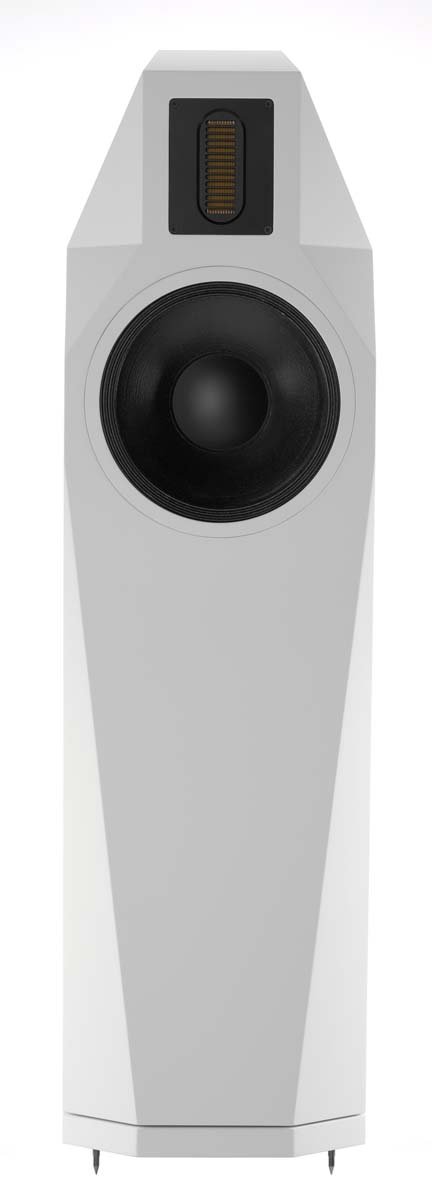
Critical listening showed the bass to be wonderfully tight and articulate with even the most hectic of bass tracks coming across as being very well controlled and with the required speed of attack and decay. This is an important factor for me as I think getting the bass controlled and tight allows us as listeners to appreciate the groove of a tune on which everything else can build. I was not disappointed in any way with the bass response from the Borgs and would say it is up there with some of the very best I have heard anywhere. Yes, they “only” go down to 41Hz, but whether I was playing the 303 madness of Hardfloor or Deep Purple’s Smoke on the Water I didn’t think I was missing out on anything. Words I noted were solidity, control and articulation with, for example, a detuned 808 bass having texture and correct tone to it. There are some speakers that go lower than the Borgs, of course, but when a speaker gets bass so right within its parameters I really don’t care. On late-night listening sessions, thankfully we live a long way from our nearest neighbours, I was able to crank the tunes up high without the Borgs getting stressed at all in the bass. Imagine the kick of a bass drum; there’s that immediate thud and the sound quickly diminishes – the Borgs get this SO right whilst losing none of the tone of the kick…most pronounced for me on electronic kick. These are a wonderfully dynamic loudspeaker! I was at first a little concerned about the rear port on these and thought it may well add a degree of colouration, I needn’t have worried!
Great bass is nothing without the all-important mid-band integration and whilst this is a two-way design, I didn’t think there was any muddying of the frequencies as we moved up the register. This is a very good implementation of a very good mid/bass drive unit – it has been designed to Finks specifications, of course, to be very low distortion and this shines through in the final sound we hear. Fink do go into the design of the driver on their website but this, I don’t think, is the place to go into that. There was just a real naturalness to mid-tone and like the bass, it had texture and “body”. Take for example Gill-Scott Heron’s vocal style, with the Borgs you simply felt the emotion and his wonderful tone in every tune he sings. Reading my notes I’ve said that live instruments just sounds so natural and real with that aforementioned depth and richness of tone coming to the fore.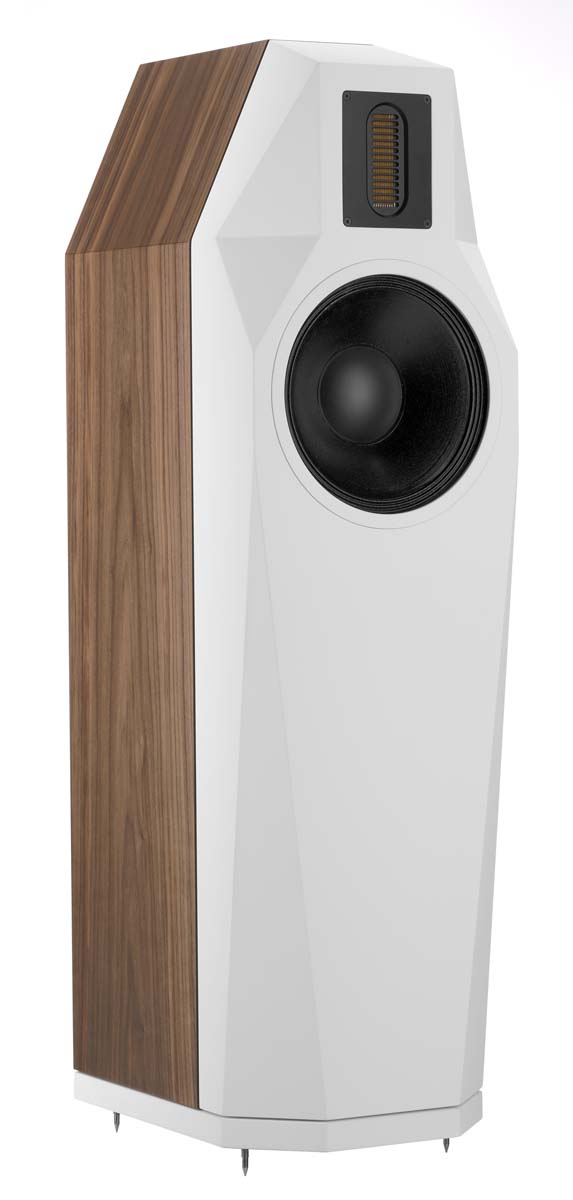
OK, I like an AMT tweeter a great deal, it is fast and just seems to produce an airiness around the top end that I really love. However, integrating this with just one other driver cannot have been an easy task, but Fink have got this so right too. There is always the possibility that the crossover (it’s a “4th order Linwitz-Riley with a time delay between LF and HF”, apparently) isn’t implemented right on a loudspeaker and the effect of this is to have a speaker that just doesn’t seem to come together as a whole unit, with you clearly being able to hear where the bass/mid stops and the tweeter starts. There is none of this here and again I’m reaching for the word integration. The whole just seems to be seamless and correct.
Effects and space were presented very nicely but without being overemphasised or feeling as if something had been done to make the speakers have “instant appeal” with bells and whistles. Likewise, soundstaging felt natural and correct without being either too wide or deep. The very best I’ve heard in the respect of soundstage are the Cabasse Sphere, but for a speaker that costs what it does the Borgs do a fine job. These little cues in a recording can often be overlooked, but for me this is what makes a really great speaker and separates the good from the very good or the good from the mediocre. The Audiovectors we have do all this brilliantly, the Borgs just do it a little better, though with the associated hike in price of course.
CONCLUSION
I like the Borgs a LOT. They get pretty much everything right for me and it’s the fact that they are just so well put together, both in a physical sense construction-wise and also in the way they present music so naturally and so coherently. During the course of a couple of weeks or so living with a loudspeaker you usually are able to find something you don’t like or a niggle here and there, but I’m flummoxed to do this here and would simply be looking for something that isn’t there.
Throw what you like at these speakers and they act with nothing but the utmost coolness and unflappability, even when they are pushed very hard with and difficult material. Everything is there from the tight, textured and controlled bass, through the gorgeous mid-band and up into the wonderfully airy and detailed higher registers.
Add in the fact that the Borgs have a degree for the final user to tweak the sound to a greater or lesser extent and you have a winner.
This could well be the best speaker we have had here for review at Hifi Pig Towers below £30K and if you have the money to spend, they are not cheap, you should seriously consider them, even if the aesthetic of the cabinet isn’t to your taste.
AT A GLANCE
Build Quality: Build is very, very good with the finish being beautiful. The packing is utilitarian but clever. The solidity of the build carries through to the solidity of the sound. The actual look of the speakers will and does divide opinion, personally I love the way they look.
Sound Quality: Speed, dynamism and integration are what the Borgs bring to the table for me. Add to that the wonderful way that they present spatial cues and it adds up to a very good speaker indeed.
Value For Money: This is a difficult one. The Borgs are certainly not a cheap loudspeaker by any means and competition will be strong. If you have the money and looking for a pair of speakers you should go see if you enjoy these. Like a good few things we’ve had through our doors in recent times the Borgs would have stayed had we the necessary funds.
Pros: Controlled and articulate in all areas. Comes together as a lovely sounding, natural speaker. The degree of tweakability is a good feature.
Cons: Looks (for some) and price are the only things I can think of. Packaging should be more high-end and less utilitarian.
Price: £22, 900 €24, 900

Stuart Smith
Review System: Auralic G1 streamer, Lampizator Big7 DAC, Merrill Thor amplifiers. Cables by Tellurium Q, Way and Atlas.










































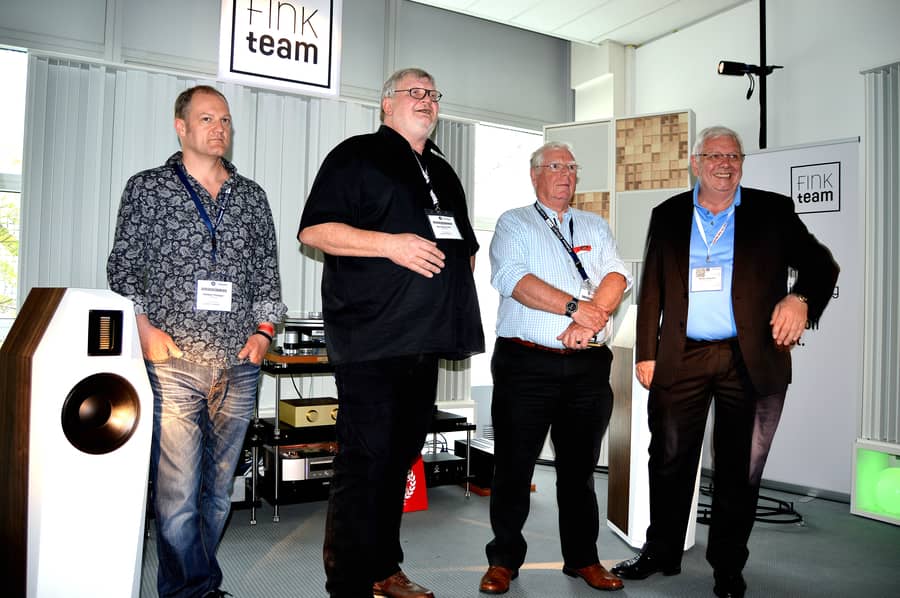




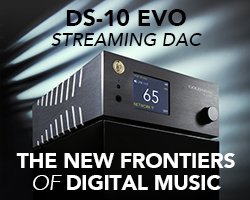
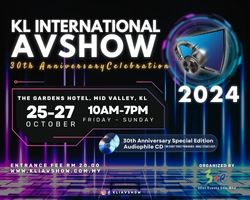

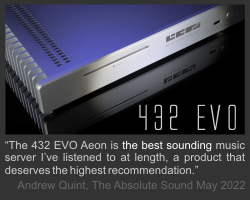
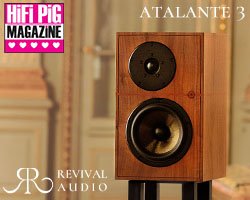
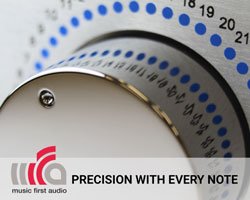
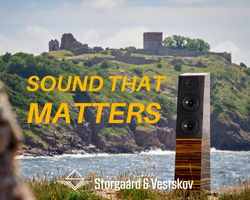


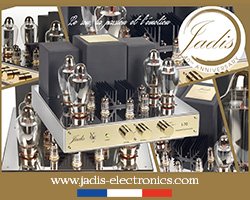









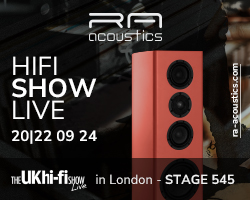

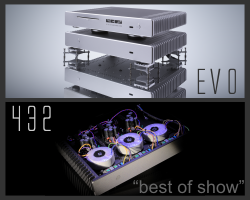



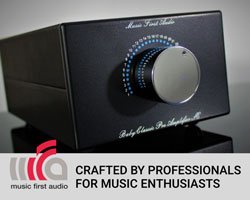




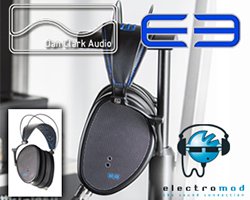
















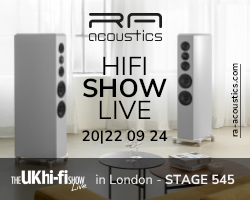


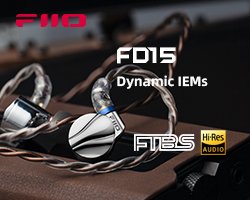
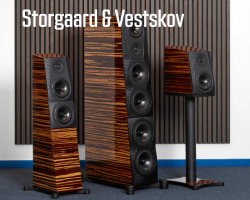


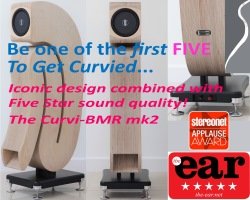


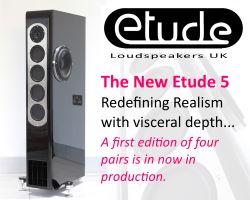






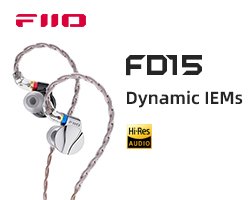


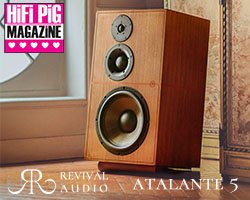




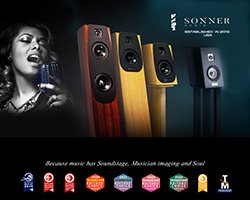
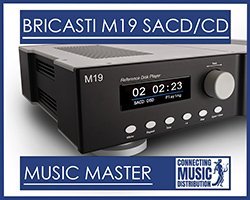












































You must be logged in to leave a reply.